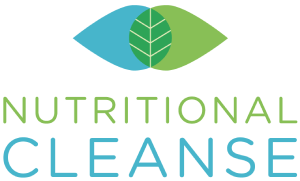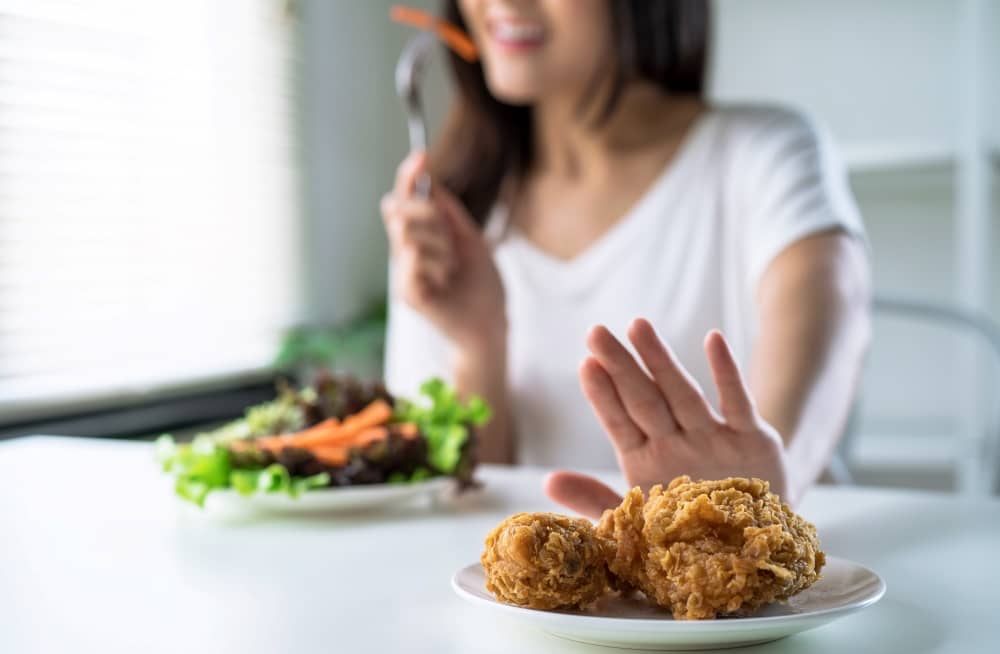Tips on How to Stop Food Cravings
When you fight food cravings, you can reach your goals, but sometimes it can be tough. Having a strong will doesn’t always mean that you win, so it’s important to prepare yourself with some simple techniques.
Why do I get food cravings?
Cravings can be triggered by various factors, such as hormonal changes, emotional stress, and nutritional deficiencies. For example, if you’re feeling stressed or anxious, you might experience cravings for sugar or high-calorie snack foods.
Another example could be that your body is not getting enough nutrients in your diet, so you may crave foods that provide that missing nutrient.
Cutting food cravings out at the source is a lot easier than you may think. It all starts with your mind, keeping track of what you eat and when you get the cravings. With some planning and preparation, eliminating food cravings can become easy as apple pie.
Common reasons for food cravings
Food cravings are a natural part of eating and are often the body’s way of telling us it wants something specific to replenish nutrients and encourage healthy feelings. Some of the most common reasons for food cravings include:
1. Negative emotions like emotional stress, anxiety and depression, can also lead to cravings. Many people find that food helps them cope with difficult feelings.
2. Nutritional deficiencies: play a key role in what we crave. When we lack important vitamins, minerals, or other nutrients in our diet, it can lead us to crave foods that provide those missing nutrients.
3. Blood sugar levels: When our blood sugar levels drop, we often experience an intense craving for foods that will quickly raise them, such as carbohydrates (potatoes, crisps, bread, pasta).
4. Hormonal changes can cause food cravings in women, who often experience such fluctuations around the times of their periods, pregnancies, and menopause.
5. Habitual cravings can be very strong. Our bodies may remember the taste of a certain food we have been used to and decide to want it again, even when we’re not hungry.
6. Hunger pangs can strike at the oddest of times. Sometimes it’s just a sign that we haven’t eaten enough throughout the day.
It’s important to understand that many things can trigger a craving, and it can be hard to identify one cause. It’s often helpful to discover what your personal triggers are and how you can manage them healthily and effectively.
Tips on how to stop food cravings
Now that we have identified some common triggers for food cravings, it’s time to take control with helpful tips and strategies so you can make healthier food choices.
1. Make meals a priority by listening to your body’s hunger cues and paying attention to your moods. When we eat regularly and maintain a good diet, we feel more balanced throughout the day.
2. Drinking enough water can help you feel full, and also keep you from confusing thirst with hunger. This will allow you to eat less without intentionally trying to eat less, which can cause your body to burn fewer calories.
3. Mindful eating is a proven and easy way to stop bingeing and enjoy your favorite foods without guilt or excess calories. It helps you make better food choices for your body and provides a feeling of well-being.
4. Getting sleep can help keep your cravings at bay. Not only does it give your body time to heal if you have any injuries, but it also helps reduce stress and improve your mood so that you aren’t as likely to crave sugar late at night.
5. Exercise is essential to leading a healthy lifestyle. By moving your body, you improve your fitness and ability to concentrate, which in turn allows you to feel happier, and healthier and reduce those unwanted cravings.
6. Create healthy alternatives for your food cravings. If you feel like a snack, reach for some raw nuts such as almonds, walnuts, or pistachios, rather than that bag of cookies. And if potato chips are your jam, swap in oven-baked sweet potato chips or kale chips!
7. Don’t deprive yourself of your favorite foods. Indulge a little – but in moderation. It’s a healthy decision to get regular physical activity; it will help control how much food you eat and how many calories you consume. Fitness professionals can provide individual advice for healthy eating plans and exercise routines.
Healthy snack alternatives
For those trying to incorporate a little less sugar into our diets, you may be wondering what type of alternatives are available. Here are some healthier options that you can try:
– Dried fruits such as apricots, dates, and raisins can be a great alternative to sugar-filled snacks. They’re sweet but won’t cause tooth decay, and they’re packed with vitamins and minerals.
– Nuts and seeds like almonds, cashews, and pumpkin seeds can be a satisfying alternative to sweet snacks. They are high in healthy fats and protein, which can help keep you full and curb cravings. They’re also a nutritional powerhouse!
– Dark chocolate contains more fibre, antioxidants, and vitamin B-6 (23% more than milk chocolate) than milk chocolate. A piece of dark chocolate can also be a great snack to satisfy a sweet craving while trying to lose weight.
Try our healthy and delicious IsaDelights – Dark chocolate that curbs the cravings
– Smoothies are a great way to get your fruits and veggies. Try ours with bananas, strawberries, and mango for an energizing smoothie that tastes great!
– Whey protein snacks are convenient and healthy snacks packed full of protein and only 100 calories per pack
Try our smart Isagenix Whey Thins in a variety of flavors
There are several different ways you can handle food cravings. The key is to find the strategy that works best for you and your lifestyle and then practice your strategy until it becomes part of your normal daily routine.
More Health Tips
Looking for more ways to avoid bad eating habits? Check out our tips on How to Avoid Food Toxins or feel free to reach out to us with any questions. We are always happy to hear from you or offer product recommendations based on your health goals.










